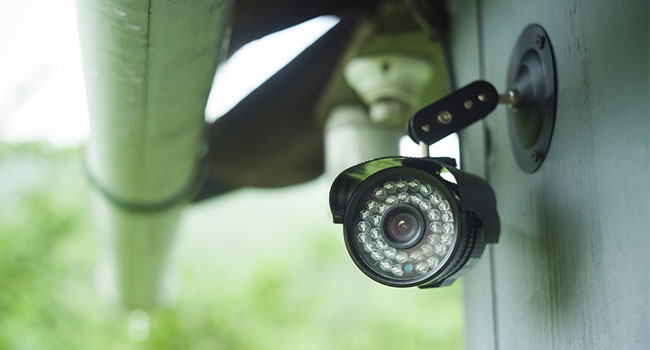
Video Surveillance Market to Reach $43.8 Billion by 2025
The recently released research attributes the large jump to the addition of artificial intelligence and analytics to video surveillance cameras and systems.
- By Sydny Shepard
- May 31, 2018
New research shows the video surveillance market to account for $43.8 billion by the end of 2025, escalating at a compound annual growth rate of 11.8 percent from $18.3 billion in 2017.
There are several reasons for the growth, but the recently released research attributes the large jump to the addition of artificial intelligence and analytics to video surveillance cameras and systems. Other reasons for the growth are third countries adopting the technology of IP cameras and the advantage of Wi-Fi connected cameras to monitor recordings in real-time.
In 2017, North America led the market for video surveillance, capturing almost 35.9 percent of the entire video surveillance market. The major reason for this was the government, defense authorities and private organization investments into the technology for the Canada, United States and Mexico companies.
The research suggests that North America will hold it's number one position as the leader in the market, and will help to escalate the other sides of the video surveillance market, such as software and advanced technologies, boosting the annual growth rate for the market.
The fastest growing region in global video surveillance, as noted by the research, is anticipated to be Asia Pacific, due to the rising security concerns in crime rates, civil unrest, and terrorist misconducts. These factors have urged the Governments and private organizations in Asia Pacific to invest in large numbers of video surveillance cameras and solutions to enhance security issues in the region.
About the Author
Sydny Shepard is the Executive Editor of Campus Security & Life Safety.